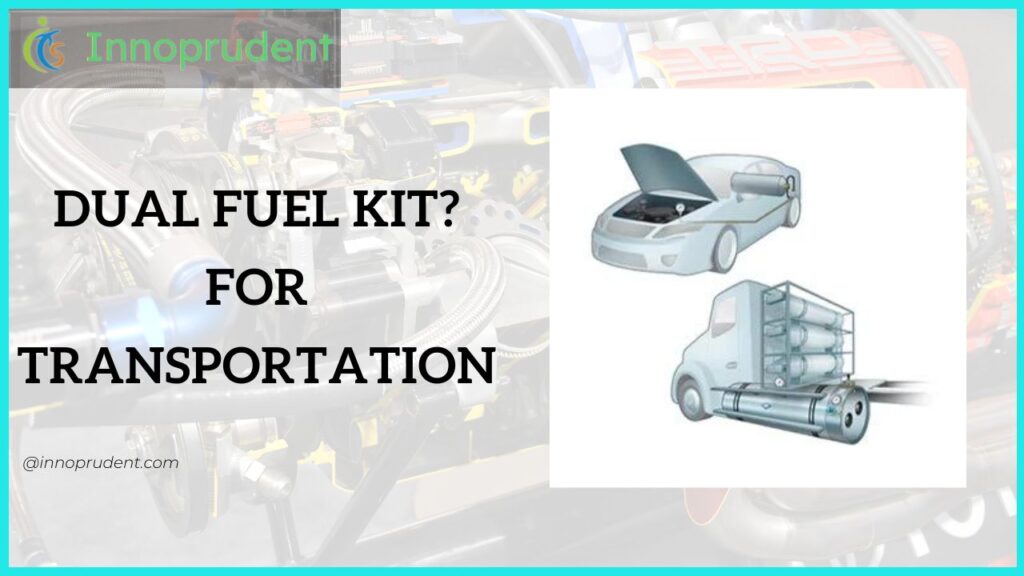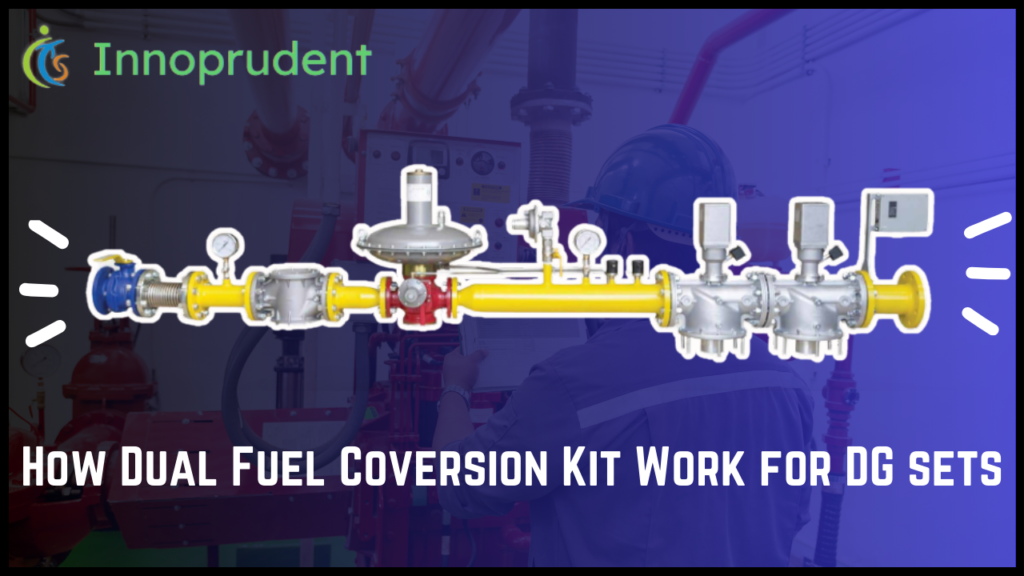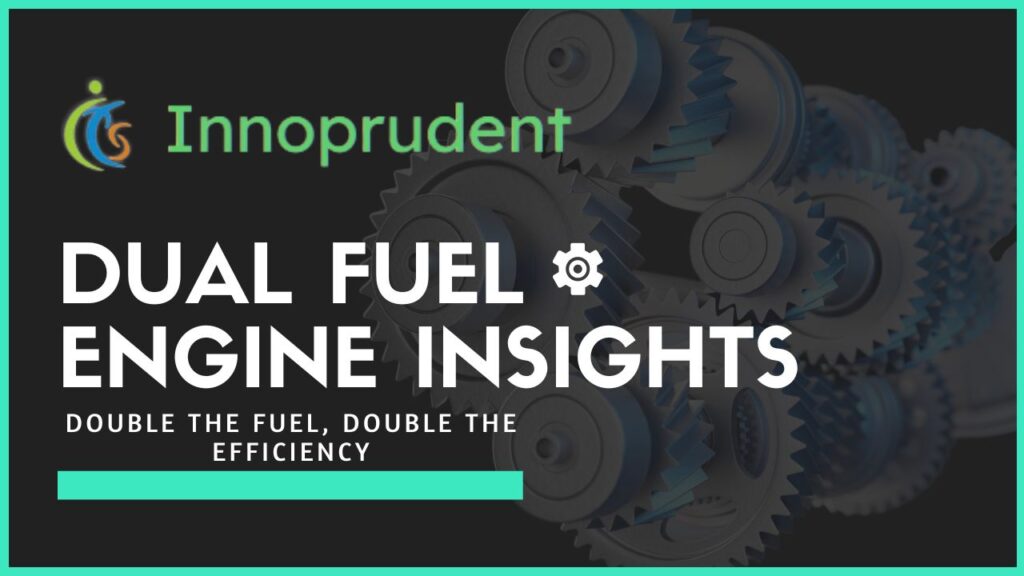In today’s world, being kind to the environment is very important. One way to do this is by using transportation that doesn’t harm the planet. Imagine cars that can use both regular gas and cleaner fuels like natural gas or propane. It’s like having a car that can switch between two different types of fuel.
This idea is becoming more popular because it can save you money and help make the Earth healthier. Let’s explore this cool technology called “dual fuel kits” together. We’ll learn how they work and how they can make our planet a better place to live.
What is a Dual Fuel Kit & its Types?
A dual fuel kit is a system installed in vehicles or appliances that allows them to run on two different types of fuel. The main purpose of these kits is to provide flexibility in fuel choices and optimize performance and efficiency based on the situation. There are primarily two types of dual fuel kits:
Bi-Fuel System

A bi-fuel system is one of the most common types of dual-fuel kits. In this setup, the vehicle or appliance can run on two different fuels, typically gasoline as the primary fuel and an alternative fuel such as propane (LPG) or natural gas (CNG) as the secondary fuel. The system can switch between the two fuels, allowing the user to choose the fuel source based on cost, availability, or environmental considerations. Bi-fuel systems are commonly used in automobiles and trucks.
Advantages and Applications of Bi-Fuel Systems
- These are versatile and can help reduce fuel costs and emissions, as users can switch to an alternative fuel source when it’s more economical or environmentally friendly.
- Bi-fuel systems are often used in vehicles that require longer ranges, such as trucks.
Hybrid Fuel System:

In a hybrid fuel system, the vehicle or appliance can use both fuels simultaneously. This means that both the primary fuel (usually gasoline or diesel) and the alternative fuel (such as electricity or hydrogen) work together to power the vehicle or appliance. Hybrid fuel systems are commonly seen in hybrid electric vehicles (HEVs) and hybrid appliances, like water heaters.
Advantages and Applications of Hybrid Fuel Systems
- These systems combine the benefits of two different fuel sources to improve overall efficiency and reduce environmental impact.
- Hybrid electric vehicles, for example, use both gasoline and electricity to enhance fuel economy and reduce emissions.
The choice between these two types of dual fuel kits depends on the specific needs and priorities of the user, as well as the availability of alternative fuels and the intended use of the vehicle or appliance. Both systems offer the advantage of providing more environmentally friendly and cost-effective options for powering vehicles and appliances while reducing dependence on traditional fossil fuels.
Why Consider a Dual Fuel Kit?
A dual fuel kit is a system that allows a vehicle or appliance to run on two different types of fuel, typically gasoline and an alternative fuel source such as propane or natural gas. There are several reasons why someone might consider installing a dual-fuel kit:
- Economic Savings: Depending on local fuel prices, alternative fuels can sometimes be cheaper than gasoline or diesel. By having the option to switch between fuels, vehicle owners can choose the more cost-effective option at any given time.
- Environmental Benefits: Some alternative fuels burn cleaner than gasoline or diesel, leading to reduced emissions and a smaller carbon footprint.
- Energy Independence: By diversifying fuel sources, nations can reduce their dependency on any single energy source, thereby enhancing energy security.
Major Components of a Dual Fuel Kit
- Fuel Tanks: Separate tanks are needed to store each type of fuel. These tanks must be safely mounted and comply with specific regulations for their respective fuels.
- Fuel Lines: Separate fuel lines, often color-coded, deliver each type of fuel to the engine.
- Switching Mechanism: This allows the driver to select which fuel to use. It can be manually operated or automated, based on engine conditions and fuel levels.
- Fuel Injectors: Depending on the kit’s design, either separate injectors for each fuel or a single set of adaptable injectors will be used.
- Electronic Control Unit (ECU): Modern kits come with an ECU that optimizes fuel delivery, ignition timing, and other parameters for each type of fuel, ensuring optimal performance and efficiency.
Installation and Maintenance of Dual Fuel Kit
- Professional Installation: Due to the complexity and safety concerns, it’s recommended to have a dual fuel kit installed by professionals.
- Routine Checks: Regular inspection of fuel lines, tanks, and connections is essential to prevent leaks and ensure safety.
- Servicing: It’s crucial to mention to your mechanic that your vehicle is dual-fueled when taking it in for service, as certain procedures or checks may be different.
Some Related Posts
Wrapping Up
Dual fuel kits present a viable path towards a more eco-friendly and cost-efficient transportation future. These systems, available in bi-fuel and hybrid variants, empower vehicles and appliances to harness both conventional fuels and cleaner alternatives. The benefits encompass economic savings, environmental advantages, and energy independence.
While the components of a dual fuel kit include fuel tanks, lines, a switching mechanism, injectors, and an electronic control unit, their installation and maintenance demand professional expertise. By embracing dual-fuel technology, individuals and businesses can reduce their carbon footprint and contribute to a more sustainable world, all while optimizing their energy choices and cost-effectiveness.
Frequently Asked Questions (FAQs)
Q1:- What exactly is a dual-fuel kit?
A dual fuel kit is a system that allows an internal combustion engine to operate on two different types of fuels, typically gasoline and an alternative fuel such as propane or natural gas.
Q2:- Why should I consider a dual fuel system for my vehicle?
Dual fuel systems offer flexibility in fuel choice, which can lead to economic savings and reduced emissions. You can switch between fuels based on cost, availability, or environmental considerations.
Q3:- Is it safe to use a dual-fuel system?
Yes, when installed and maintained correctly, dual fuel systems are safe. They are designed to meet strict safety standards and regulations.
Q4:- Will a dual fuel kit affect my vehicle’s performance?
Most modern dual-fuel kits are designed to ensure optimal performance on both fuels. However, there might be slight variations in power or efficiency depending on the fuel being used.
Q5:- Is the installation process complicated?
Installing a dual-fuel kit is a complex process that should be done by professionals to ensure safety and performance.
Q6:- Where can you purchase these Dual Fuel Kits?
You can purchase Dual Fuel Kits exclusively from Innoprudent. To explore their selection and make a purchase, please visit their official website at Innoprudent.com. For any questions or assistance, you can also reach Innoprudent at 9650894740.




It’s actually a nice and useful piece of info. I am happy that you just shared this helpful information with us. Please keep us informed like this. Thanks for sharing.